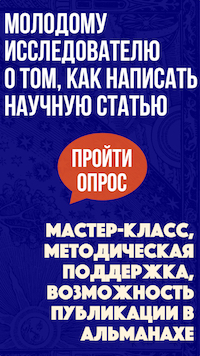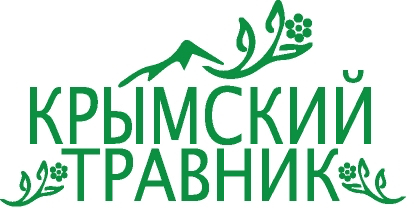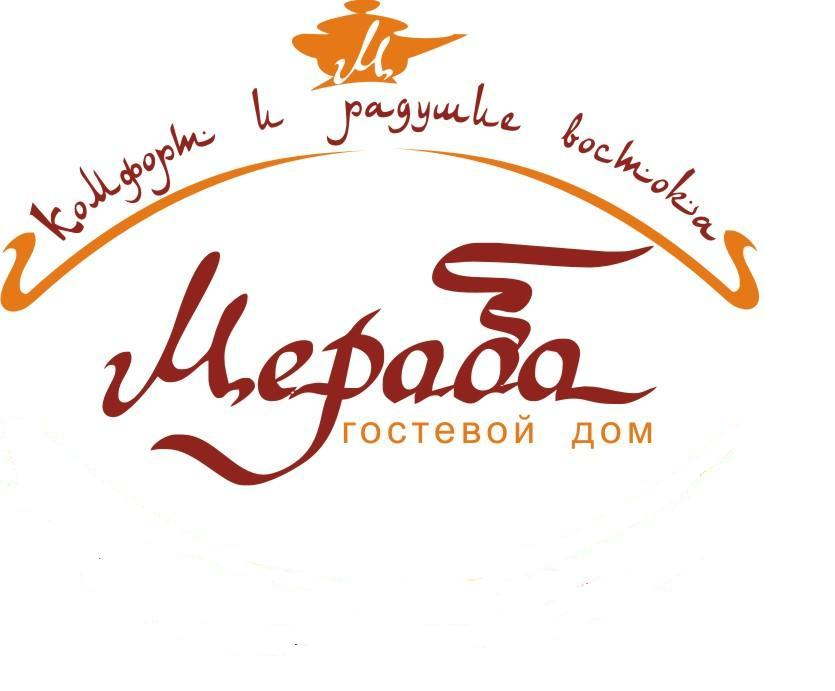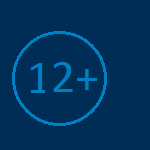МОЛОДЁЖНЫЙ ПРОЕКТ ДЛЯ ТЕХ, КТО ДЕЛАЕТ ПЕРВЫЕ ШАГИ В НАУКЕ
/components/bitrix/system.auth.form/auth_alm/images/login.gif) Войти
Войти /components/bitrix/system.auth.form/auth_alm/images/register.gif) Регистрация
Регистрация
Войти в корпоративную почту как автор/член редколлегии/рецензент журнала
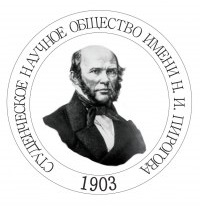


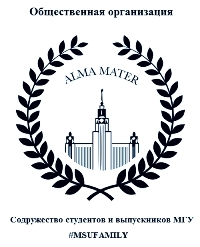
Становление системы подготовки офицерских кадров для регулярной армии и пограничной охраны России в XVIII столетии
Харламов В.И.
Становление системы подготовки офицерских кадров для регулярной армии и пограничной охраны России в XVIII столетии
Харламов Владимир Ильич, доктор исторический наук, профессор, действительный член Академии военных наук и Международной академии информатизации. E-mail: vi-kharlamov@mail.ru
Создание в России в начале XVIII в. регулярной армии потребовало подготовки значительного числа собственных командных кадров. В статье рассмотрен процесс формирования в петровскую и послепетровскую эпоху каналов комплектования специалистами армии и пограничной охраны Российской империи.
Ключевые слова: регулярная армия; пограничная охрана; офицерский состав; артиллерийские, инженерные и морские военные школы Петра I; кадетские корпуса; продвижение офицеров в зависимости от полученного образования.
Kharlamov V.I. Formation of Officer Personnel's Training System for Russian Regular Army and the Border Guard in the XVIII Century
Vladimir I. Kharlamov, Doctor of History, Professor, Member of the Academy of Military Sciences and the International Informatization Academy. E-mail: vi-kharlamov@mail.ru
At the beginning of the XVIII century the creation of a Russian regular army required a training of significant number of command personnel. At first foreign officers performed these duties in the shelves. The first military schools, created by Peter I, have not been widely profiled in contrast to the German knights' Academies and French cadet corps. By creating his first artillery, engineering and naval military schools Peter the Great guided by first of all purely practical considerations. This has caused quite a narrow profile of military schools and a small number of science that studies the pupils. However, many of school leavers came not only in the engineering troops, artillery, Border Guard and in the Navy, but also to the civil service, on the manufacturing, in scientific expeditions, became teachers in primary schools, etc.
The Cadet Corps, which were opened in Russia in the 30s of the XVIII century, is largely differed from Peter's military schools. Cadet Corps were widely profile. In terms of the military education the Cadet Corps were kinds of Colleges of Combined Arms. In terms of the education of the nobility in general, the Cadet Corps gave both primary education, and secondary education, as well as, in fact, a university education due a wide list of sciences studied in these institutions. Moreover, the universities in Russia began to function on a permanent basis until much later than the Cadet Corps were opened.
The Guards regiments were another format of the Army and Border Guard staffing with specialists. In contrast to the Guard of the European armies, the Russian Guard does not take away from the army and Border Guard best staff, but on the contrary, gave to ordinary shelves well-trained commanding staff. By the end of XVIII century, such system of military education completely meets the needs of the Russian Army and the Border Guard in command staff.
Keywords: regular army; border guards; officers; artillery, engineering and naval military school of Peter I; Cadet Corps; career advancement of officers depending on their educational attainment.




